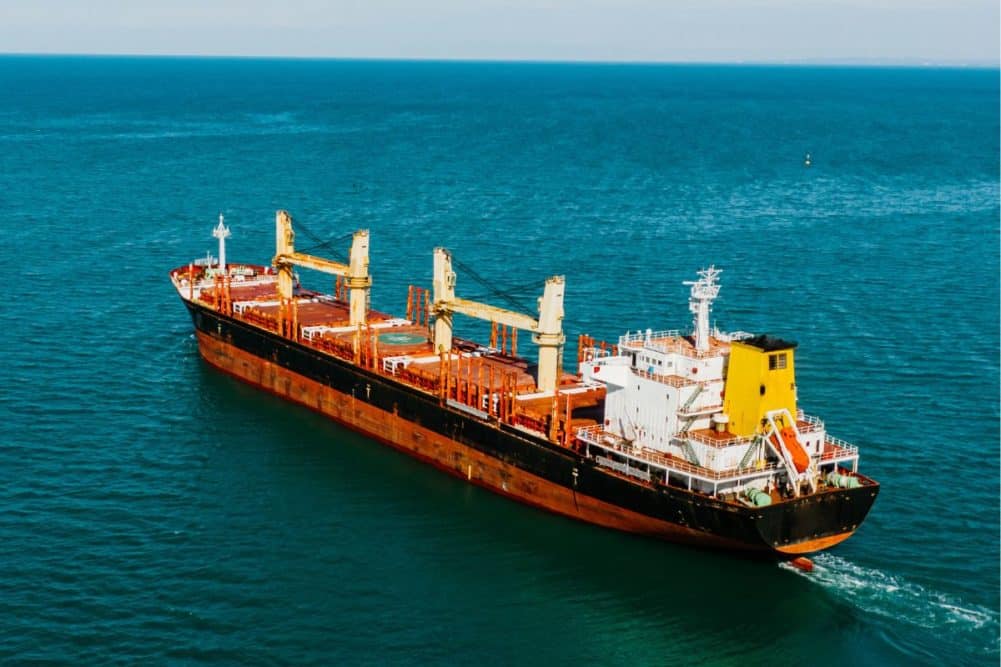
Ocean freight rates for shipping grain from the US Gulf and Pacific Northwest dropped in the third quarter compared to the previous quarter and from a year ago, according to the Oct. 26 Grain Transportation Report from the US Department of Agriculture (USDA).
Compared to the prior four-year average, the rate for routes from the Gulf and Pacific Northwest to Japan decreased while the rate for routes from the US Gulf to Europe increased.
“Both quarter-to-quarter and year-to-year, ocean freight rates were volatile because of extreme weather, the closure of the Ukraine Black Sea grain corridor and the market’s pessimism about China’s economic recovery,” the USDA said.
On average, ocean freight rates for shipping bulk grain from the Gulf to Japan averaged $50.76 per tonne in the third quarter, a drop of 2% from the previous quarter and a 22% drop from a year ago. It was also down 15% from the four-year average.
From the Pacific Northwest to Japan, rates averaged $27.43 for the third quarter, a drop of 3% from the previous quarter and a decrease of 28% from a year ago. Rates were down 18% from the four-year average.
Rates from the Gulf to Europe were $25.87 per tonne in the third quarter, down 8% from last quarter and 19% from last year. However, rates were up 4% from the four-year average.
Current rates, while below the yearly peaks reached in the week ended Sept. 21, are strong compared to most of the third quarter.
While not certain to continue, the rates have fallen over the last two weeks, the USDA said. Amid lower spot prices, China’s demand to restock iron ore has been strong for the last two months and is expected to persist. Also, a surge in China’s electricity demand and rising domestic coal prices have spurred coal imports for the last two months.
Additionally, China’s corn imports are expected to be high.
“The country’s imports of competitively priced Brazilian corn — as well as large quantities of Ukrainian corn that started to ship in October — are boosting the demand for Panamax vessels,” the USDA said.
Starting Jan. 1, a carbon tax will be charged for all port calls within the European Economic Area (i.e., the European Union, Iceland, Liechtenstein, and Norway).
Research has shown a carbon tax could raise shipping costs by either raising freight rates or increasing transit times, the USDA said.
Finally, the start of the North American harvest season could boost vessel demand and push up rates.
“On the other hand, the market is still hesitant about the global economy’s slow recovery amid high inflation,” the USDA said in the report. “The dry bulk market still has an ample supply of vessels. These factors could soften rates.”
